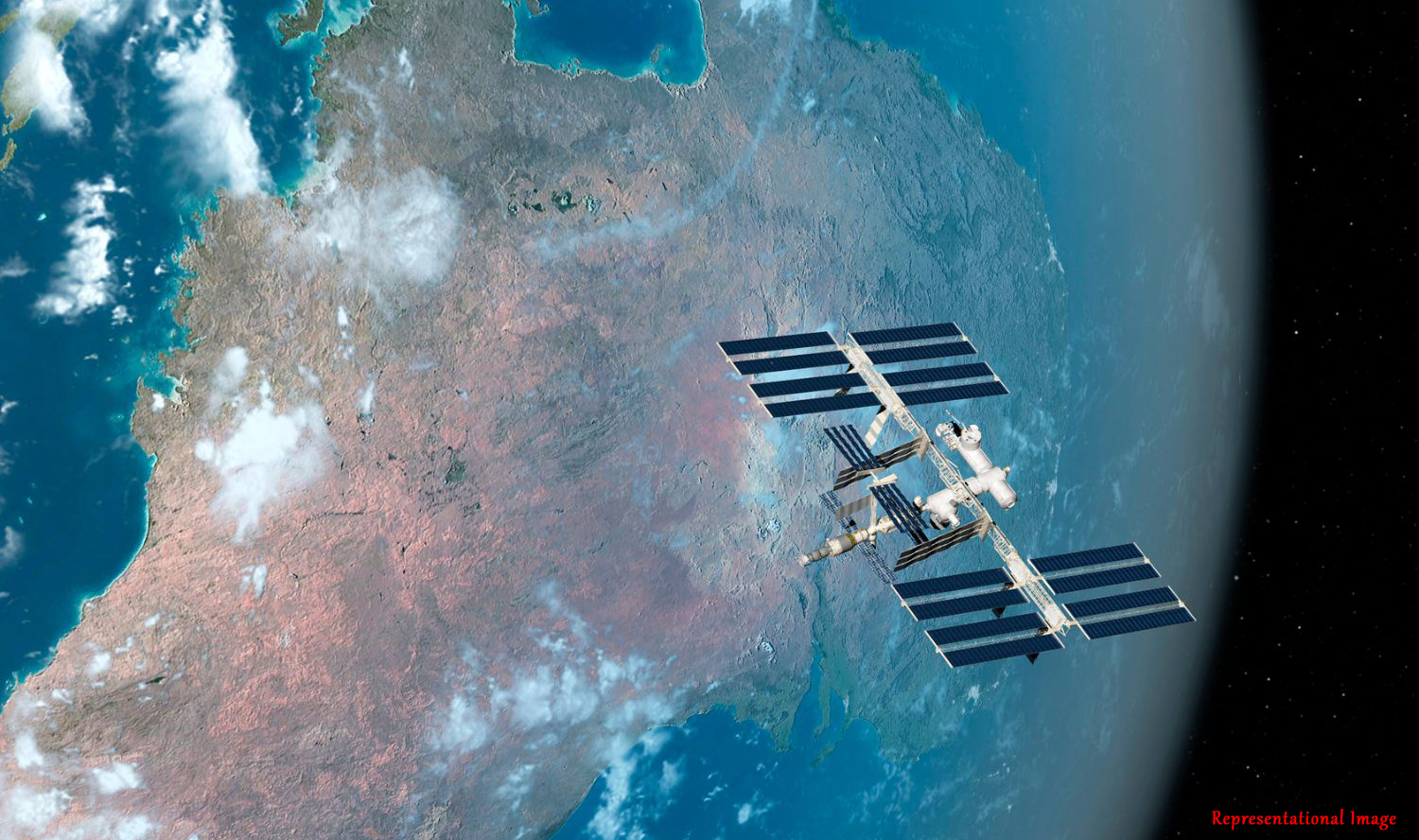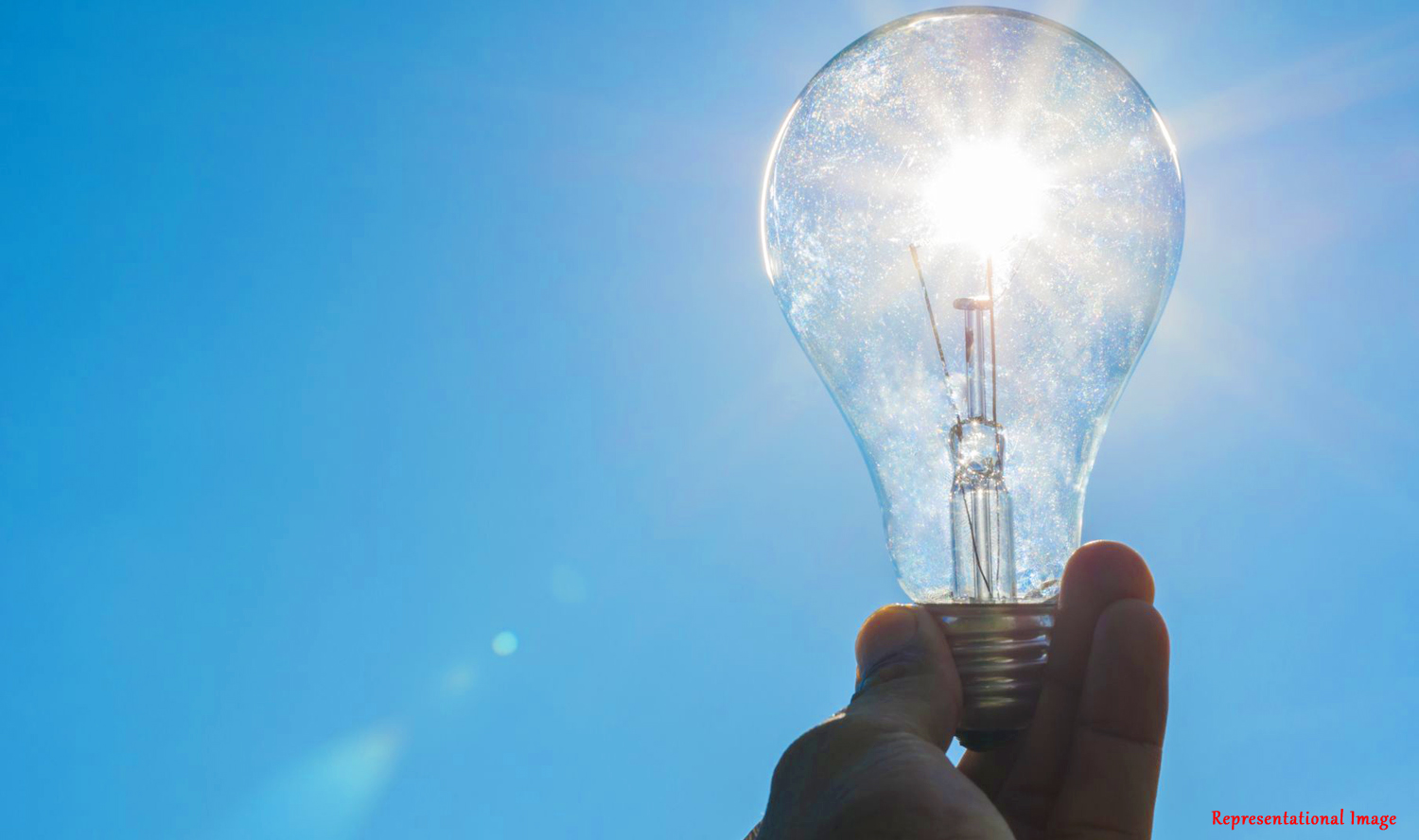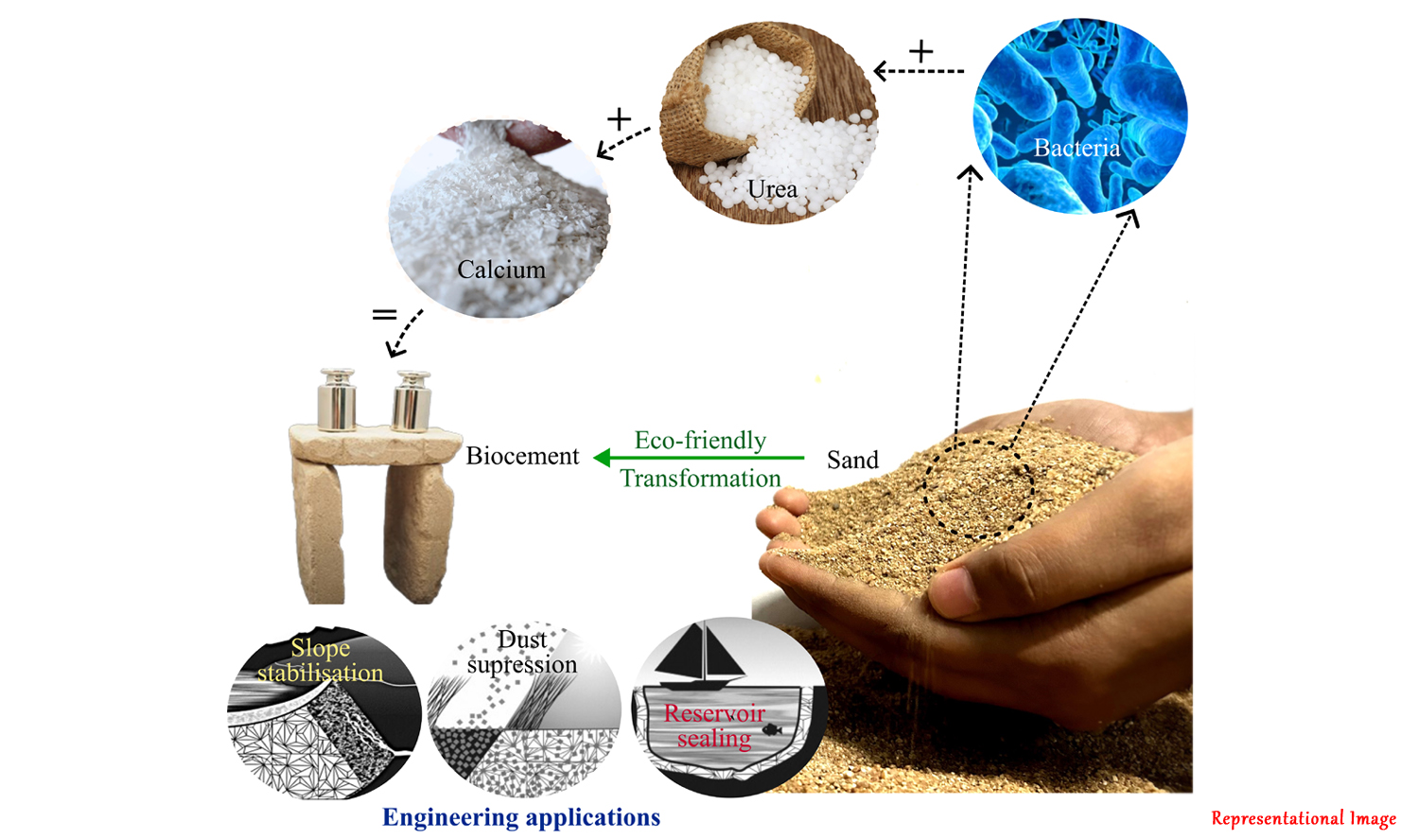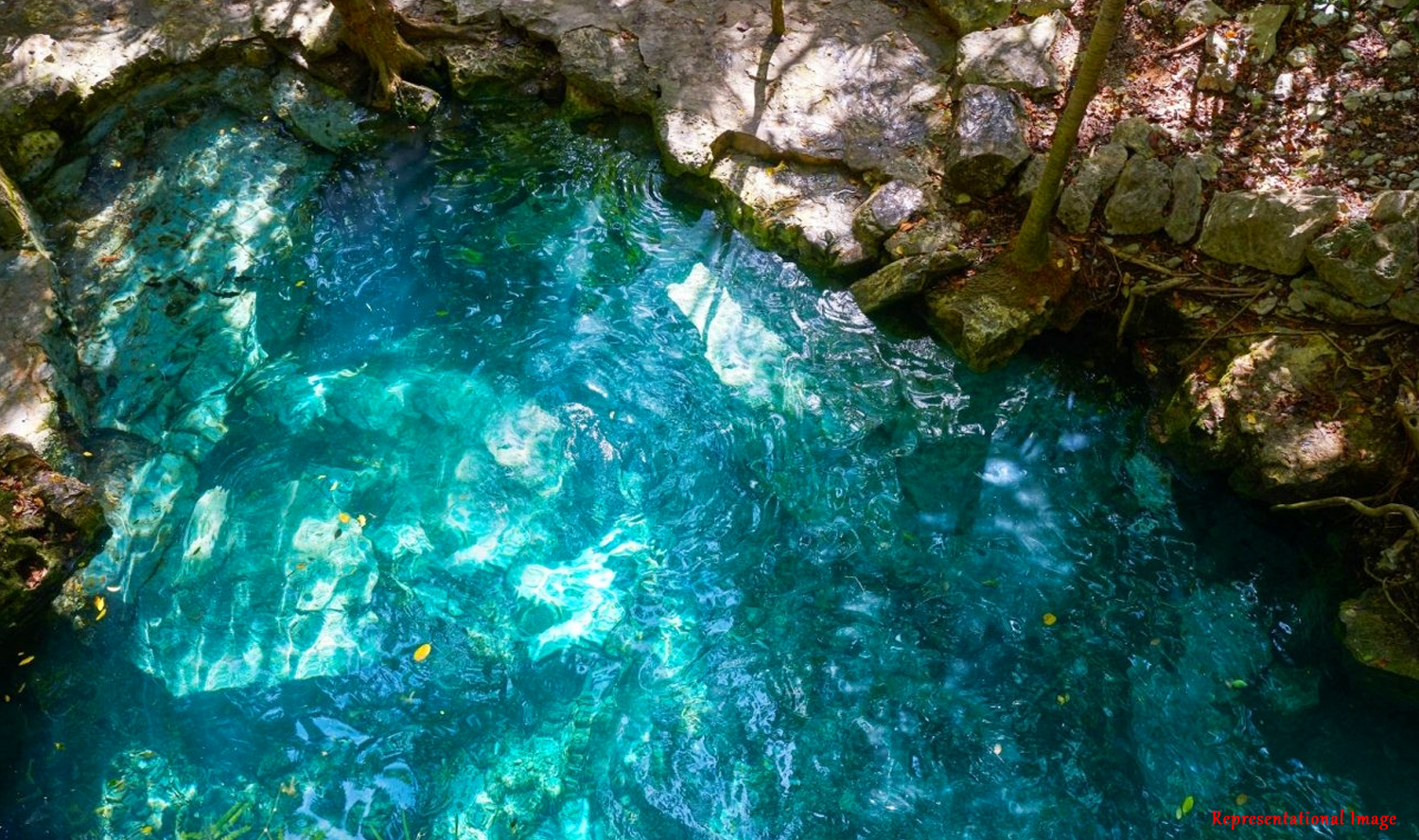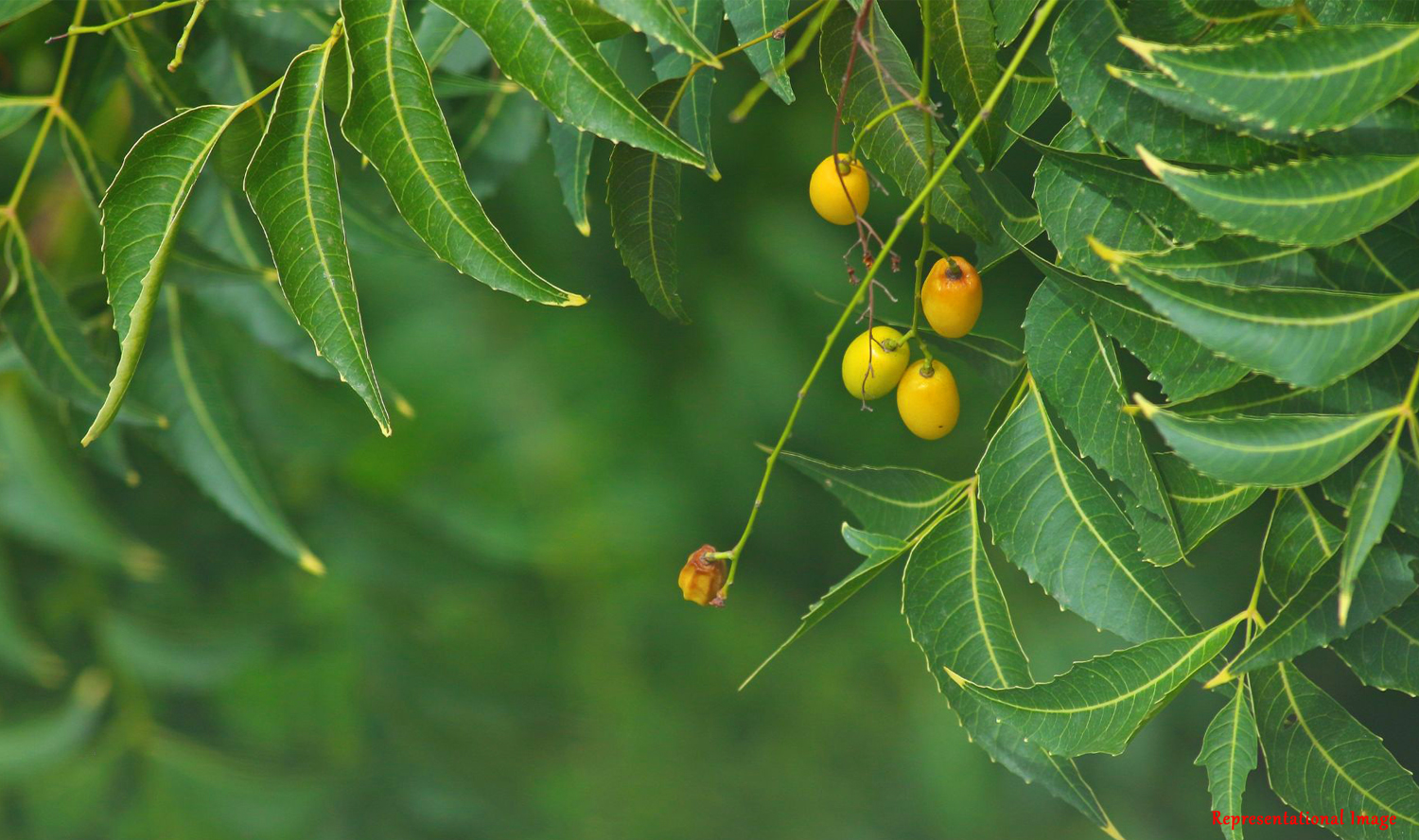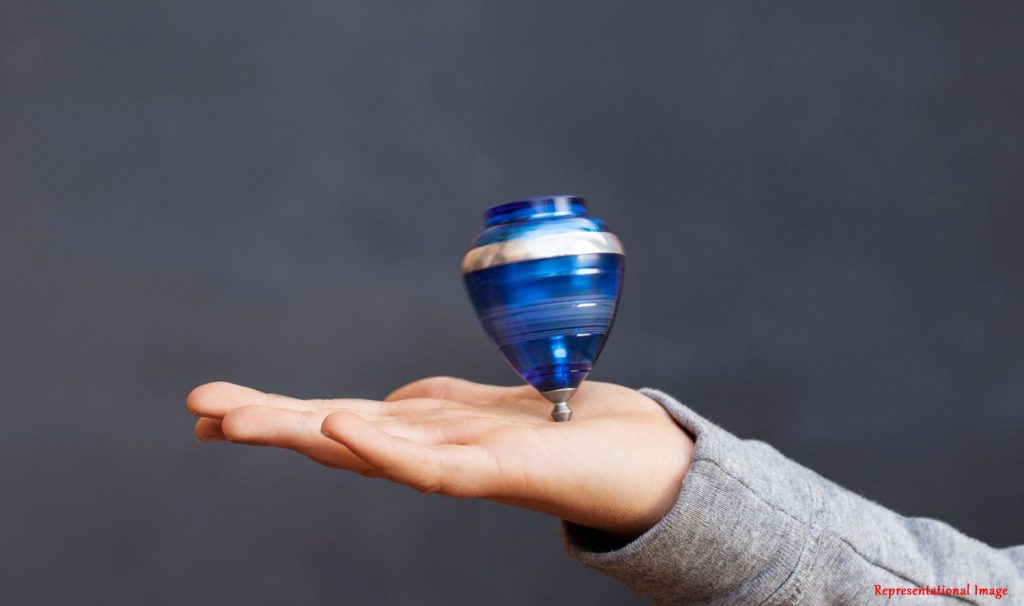
Quantum computing is fast gaining popularity because of its various features and advantages such as its superfast computing power, speed, efficiency, and accuracy. Therefore a lot of research is going into its development.
Quantum mechanics happens at the atomic level, as opposed to the larger day-to-day happenings that occur in the normal world. Classical physics concepts hold good for the normal world, but at the atomic level, which include electrons, protons, and neutrons, things happen differently.
In quantum mechanics, the particles align themselves in accordance with what is known as spin. Spin in quantum mechanics refers to the intrinsic property of electrons, protons, and neutrons. It is how the particles align themselves. It explains how the particles behave, especially in the context of magnetic properties.
Quantum spin liquids (QSL) are attracting a lot of interest because of their uniqueness and possible use in quantum computing and other quantum technologies.
QSL are unique because, unlike ordinary states of matter where the spins tend to align themselves, in QSL, the spins are in a disordered state. The electrons constantly change their position and never settle in a fixed pattern.
The Heisenberg model is a theoretical model used to understand the interactions between quantum spins in a magnetics material. In this study, ½ Heisenberg model with antiferromagnetic properties is taken into consideration. Here the value of the spin of the electron is ½.
Another concept that is considered in this study are geometrically frustrated lattices. In these, the spatial arrangements of spins are such that it is a challenge to satisfy all the interactions which lead to what are known as frustrations. This prevents the system to attain a settled ground state.
In geometric frustration, frustration occurs geometrically and the lattice structure prevents all the spins from aligning.
Geometrically frustrated lattices include triangle, kagome, etc.
In this study, the authors have presented evidence pointing to a QSL phase, in the S=1/2 Heisenberg antiferromagnet on what is known as a maple leaf lattice (MLL).
MLL belongs to the family of two-dimensional Archimedean lattices. Experimental realization of MLLs are known to occur in natural minerals and synthetic crystals.
It was found that a QSL occupied the intermediate region between canted 120 degree (c120 degree) antiferromagnetic and valence bond crystal (VBC) orders. Canted 120 degree antiferromagnetic order refers to a material where the spins are tilted away from a perfectly antiferromagnetic alignment. Valence bond crystal orders are where entangled pairs of particles are formed in a crystal-like arrangement.
The MLL model could serve as a rare example of a frustrated model host to QSL and deconfined quantum critical point (DQCP), with QSL emerging from DQCP. DQCP refers to a quantum phase transition between different states of matter. The authors feel that further study is needed regarding the possible origin of a QSL from DQCP.

The following are the authors of this paper:
- Mr. Lasse Gresista from the Institute for Theoretical Physics, University of Cologne, Cologne, Germany, who is also affiliated with the Department of Physics and Quantum Centre of Excellence for Diamond and Emergent Materials (QuCenDiEM), Indian Institute of Technology Madras, Chennai, India.
- Prof. Ciaran Hickey from the Institute for Theoretical Physics, University of Cologne, Cologne, Germany, who is also affiliated with the School of Physics, University College Dublin, Dublin 4, Ireland, and the Centre for Quantum Engineering, Science, and Technology, University College Dublin, Dublin 4, Ireland.
- Prof. Simon Trebst from the Institute for Theoretical Physics, University of Cologne, Cologne, Germany.
- Prof. Yasir Iqbal from the Department of Physics and Quantum Centre of Excellence for Diamond and Emerging Materials (QuCenDiEM), Indian Institute of Technology Madras, Chennai, India.
Article by Akshay Anantharaman
Click here for the original link to the paper



